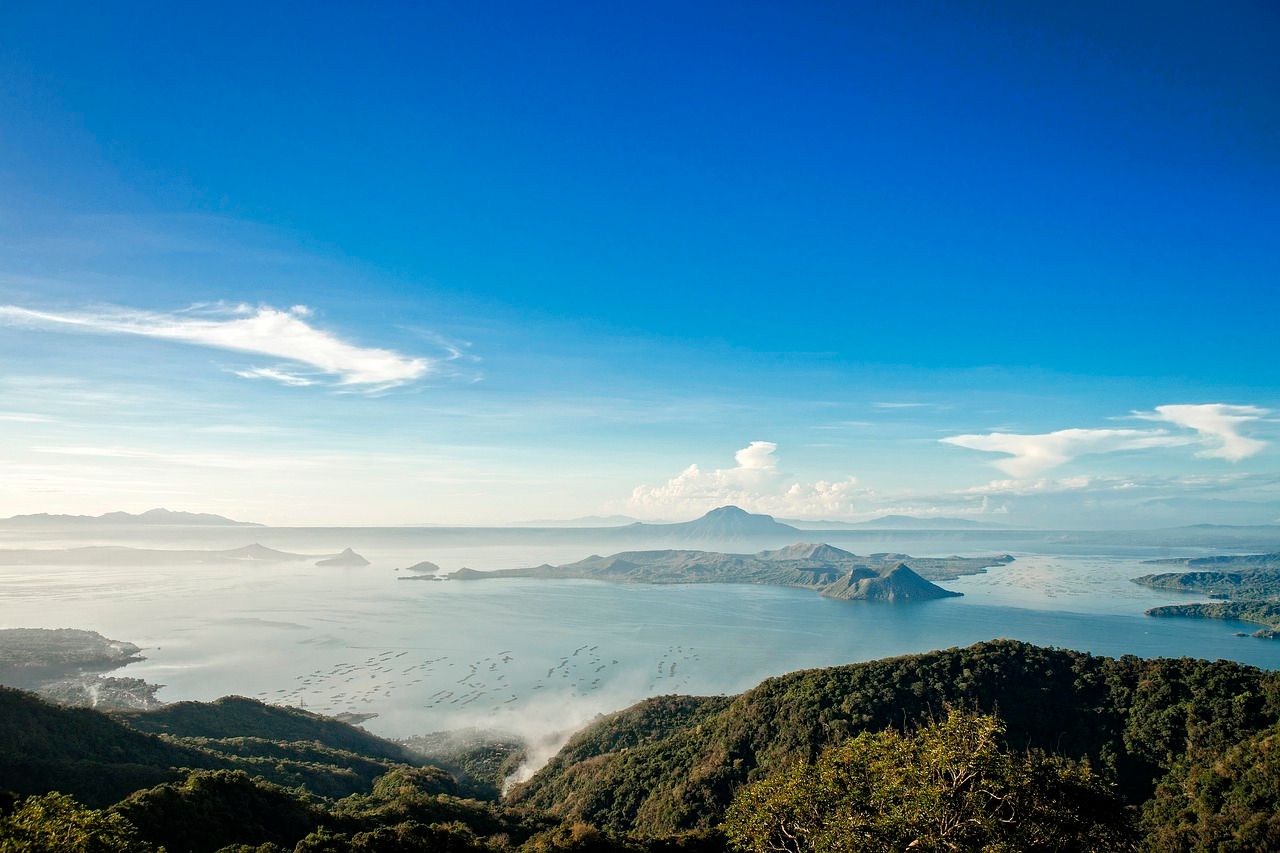Phivolcs continues to observe 'vog' from Taal Volcano

The Philippine Institute of Volcanology and Seismology (Phivolcs) said that Taal Volcano’s degassing activity continues to produce volcanic smog or “vog” on Tuesday, Aug. 20.
In its Taal Volcano bulletin issued on Tuesday, Phivolcs said that sulfur dioxide (SO2) emissions from the active volcano in Batangas remain at 3,355 tons per day. This has been the average SO2 emissions since Aug. 15.
Phivolcs said the upwelling of hot volcanic fluids also continues in the main crater lake, producing vog.
While the amount of SO2 emissions is considered “not highly significant,” Phivolcs said the “slow wind speed” has prevented the volcanic gas from dissipating quickly, causing it to concentrate primarily in some areas of Batangas.
It was clarified on Monday, Aug. 19 that the hazy conditions over Metro Manila were due to “local pollutants,” and not from the Taal Volcano vog.
According to Phivolcs, vog consists of tiny droplets of volcanic gases, such as SO2, which can irritate the eyes, throat, and respiratory system.
The severity of these effects depends on the concentration of the gas and the length of exposure, it added.
People with health conditions such as asthma, lung disease, and heart disease, as well as the elderly, pregnant women, and children, may be especially sensitive to vog.
Phivolcs recommended several steps to reduce the health risks posed by vog.
Limit exposure by staying inside, avoiding outdoor activities, and keeping doors and windows closed to prevent vog from entering.
Consider using an N95 facemask to safeguard the nose.
Drink plenty of water to alleviate any irritation or constriction in the throat.
If a person is among those particularly sensitive to pollution—such as individuals with pre-existing health conditions, the elderly, pregnant women, or children—take extra care.
Seek medical attention or assistance from the barangay health unit if necessary, especially if one experiences serious side effects.
In addition to potential health risks, Phivolcs said that vog could lead to “acid rain” during rainfall and volcanic gas emissions over areas where the plume disperses.
This can harm crops and degrade metal roofs.